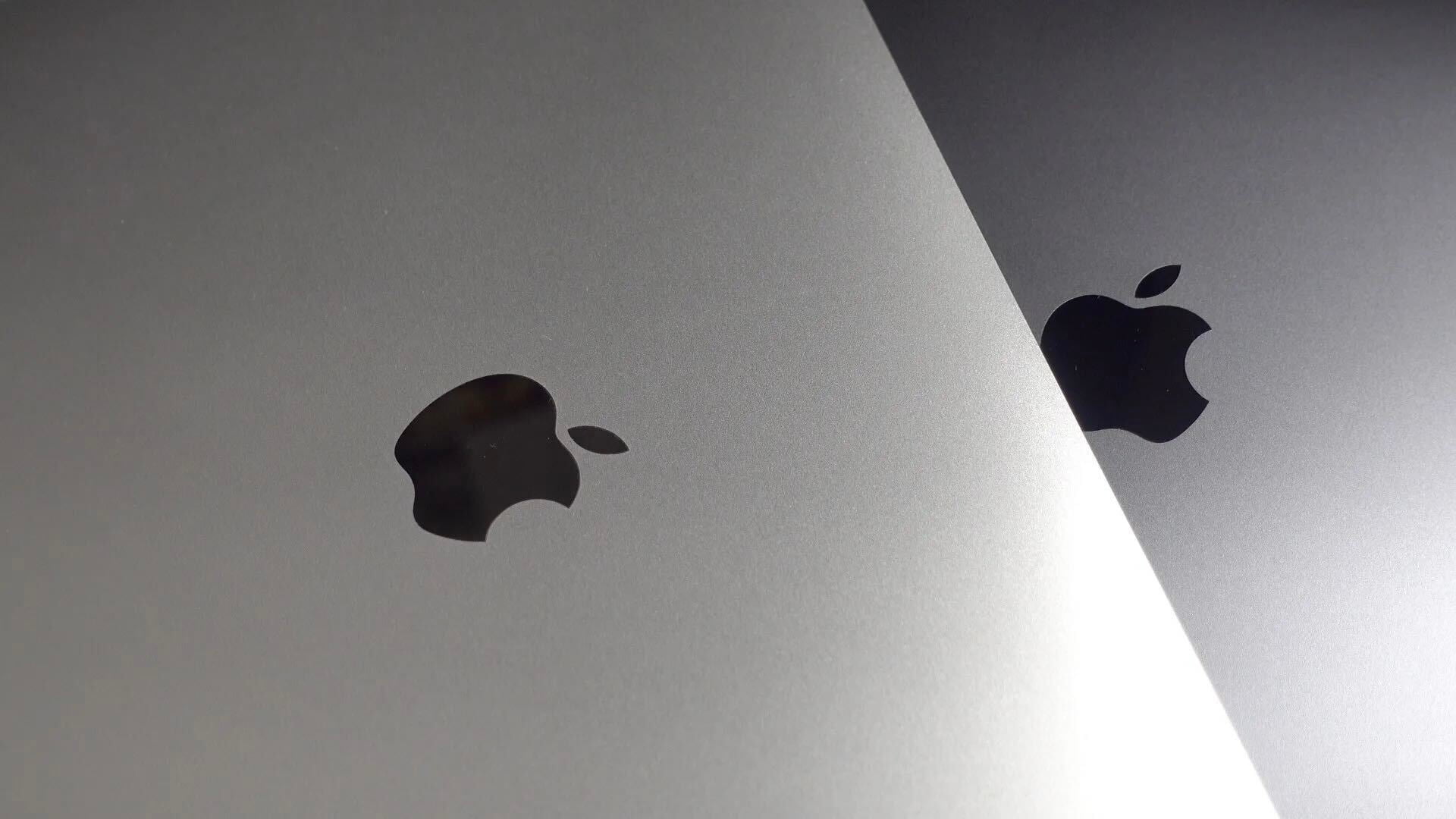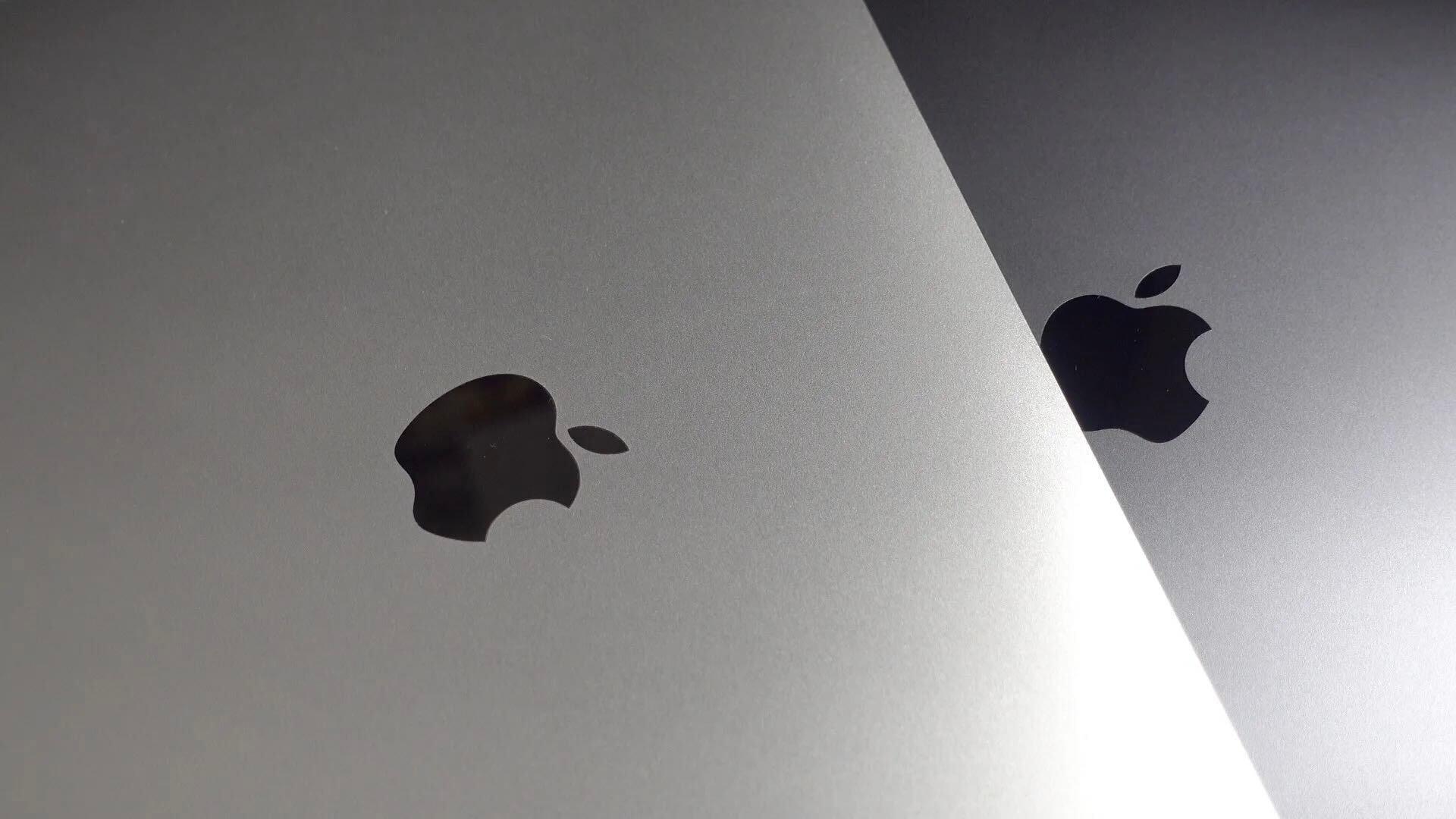
Apple has built support for AT&T’s NumberSync technology into iOS 9.2 beta 2, which was released to developers earlier today. Currently Apple’s Continuity feature allows users to use their Mac, iPad, or iPod touch to make phone calls as long as the computer (or other iOS device) is connected to the same Wi-Fi network as their iPhone.
The software upgrade will allow users to enable Wi-Fi calling on all of those devices and make and receive calls without the need to be on the same network, or even in the same area.
Below you’ll find steps to setup and start using the feature now.
After upgrading to the latest beta software from Apple, AT&T subscribers will be able to start using NumberSync. First, open the Wi-Fi Calling settings page (Settings app > Phone > Wi-Fi Calling) and look for the option that says “Add Wi-Fi Calling For Other Devices.”
Tap that button to get started. You’ll need to step through a few agreements and acknowledgements, then you’ll be informed that the setting has been turned on.
- Step 1
- Step 2
- Step 3
- Step 4
- Step 5
Now you need to enable this option on your Mac. You should see a FaceTime notification appear instantly on your Mac informing you that it’s available. Clicking this banner or opening the FaceTime app will take you to the next part of the process.
You’ll be prompted to turn on Wi-Fi Calling by a banner at the top of the window. If you choose to dismiss this banner for now, you can get back to it by opening the FaceTime preferences window and selecting the “Upgrade to Wi-Fi Calling” button.
After selecting either of these options you’ll be presented with a code that you need to enter on your iPhone. This is similar to the setup process for SMS Forwarding.
- Mac Code Prompt
- iPhone Code Prompt
After entering the code, you’ll need to confirm that your emergency location is setup correctly. This information will be used when you make a 911 call to provide emergency personnel with your address.
If you need to change this information later, you can access it from the FaceTime preferences window.
Now you’re all setup and should be able to start making calls from your Mac when your phone isn’t on the same Wi-Fi network. If you want to manage which devices are connected to your account or disable the feature entirely, you can do so in a new settings panel located just below the Wi-Fi Calling option on the Phone settings page.
In our testing, we were able to place and receive calls even when the connected iPhone was in Airplane Mode. This feature should be especially handy in the event of a dead phone battery or a missing handset.
FTC: We use income earning auto affiliate links. More.





AT&T giving us a useful feature for free…what’s the catch?
The catch being they justify a rate hike on plans later on ? :) Lets hope thats not the case
Less traffic on their cell network, means more money for them.
What version of OS X do you need for this?
I would assume you need the latest OS X beta. I’m not seeing this coming up for me in OS X 10.11.1.
What iPod touches will this work on?
This cannot work on an iPod touch as you would need cellular service on the device.
But if it works on iPads/Macs that are connected to Wifi (and therefore don’t have cellular service), shouldn’t it therefore work on iPod touches? I don’t have one to test this with, so it very well may not be in the build of iOS that these devices receive, I’m just throwing out a guess!
If you have an iPhone and an iPod touch then yes, you can set this up on your iPod. Any iOS 9-capable device should be able to do it.
Is this still limited to iPhone 5c/s or newer? It seems like the iPhone 5 or earlier should be included in this as it doesn’t depend on the phone hardware at all?
I’m really excited about this! Yay AT&T, I totally didn’t see this coming. This will be very useful for me. Now all we need is access to Visual Voicemail on our Macs/iPads too and I will be a very happy camper! Hoping to see that in a future software release.
T-Mobile already has this. I use it every day.
Same here.
The only difference I noticed is that the “Calls from other devices” option is available inside settings>>Phone in tmobile iphone and it is available inside Settings>>phone>>wifi-calling in At&t. Strange that it is not in the same place!
Wait, T-Mobile gives you visual VM on the Mac?
Not VVM, but the same thing that AT&T is doing with NumberSync.
http://www.zdnet.com/article/ios-9-brings-continuity-over-lte-support-to-t-mobile-customers/#!
If you set your iPhone to join certain wifi networks, shouldn’t your Apple Watch be able to accept calls on those wifi networks without having your phone with you.
I had someone call me over the weekend on my iPhone, and it showed up on my iMac – so they’ve already enabled this feature for anyone that has already enabled wifi calling on their iPhone.
That’s Continuity, a current Apple feature. Basically, Continuity configures your Mac as a speaker/mic and routes the sound to the iPhone; the iPhone handles the call and you get calling Notifications on the Mac. With Wi-Fi Calling, the iPhone creates a seamless calling experience between LTE calling and voice calls being routed over Wi-Fi. This way, if you have so-so LTE service in your home, you can instead use your Wi-Fi network -> Internet to carry voice calls in lieu of using AT&T’s (or T-Mo’s) LTE network. The additional feature announced here is AT&T’s NumberSync feature. That extends Wi-Fi Calling to other devices BEYOND the iPhone, like your Mac, and does not require the iPhone to be involved in the process.
Wi-Fi calling is a fairly intricate system that involves IPsec tunneling and backend call routing. It appears, just from my very early researching, that the “magic” Apple is implemented on the Mac side allows it to be configured as a encapsulated SIP endpoint (based on information I’ve found talking about how to enable Wi-Fi Calling on Android phones). Basically, Mac OS X has the software stuff to be a “soft phone”, as does iOS. The NumberSync feature likely involves some kind of configuration/authentication/authorization exchange, which gives the right info to the FaceTime.app in Mac OS X to connect to AT&T’s system over the Internet. I’m assuming it does the same on an iPad.
All of this is really an offshoot of the carriers’ move to VoLTE, in which the voice channel is now a data stream running over LTE data. Once Voice became “Data”, calls are not much more than Skype or iChat audio. (Also a reason everyone gives away Unlimited calling. Voice was ALWAYS “data” on digital cell phones; voice hasn’t actually been analog in a very long time. Especially not in the core switching system at the phone company. But voice was carried over a separate radio channel; data on anther. [There were exceptions, eg CDMA, and why Sprint and Verizon iPhones couldn’t Talk and Surf simultaneously; apparently Sprint still can’t, ugh.] Once data plans went over 2GB, the “voice” part became inconsequential. So bundling everything up over variable width data channels opened the doors wide.)
Also should note, I’d expect a future announcement from AT&T will be some way of getting an inexpensive “landline” phone added to your mobile plan for a few bucks a month. These kinds of devices are already in used with Google Voice and VoIP providers (ObiHai). Where AT&T and other carriers take this in the Business realm will also be quite interesting; who needs a PBX or Cloud-hosted VoIP system when AT&T is effectively already doing it for every customer? Cisco phones and Polycom phones are already pervasive in Enterprise.
There is a pretty good VoLTE / Wi-Fi Calling primer by Ericsson that I was able to find on the web. A bit technical, but quite interesting.
Safe to assume this works on an iPad, and for SMS as well as phone calls? I’m guessing it works basically the same way as cellular Continuity on T-Mobile?
SMS was already supported on all devices by iMessage and SMS Forwarding since iOS 7.
Not necessarily Mike. The only way you could receive SMS on other devices was if your iPhone had a cellular signal. Now with this new system, you will not need a cellular signal, just wifi.
Don’t believe that’s the case. We tested it here at 9to5 earlier this week and found (IIRC) that SMS worked even without a signal on the iPhone.
The best news is that Wi-Fi calls don’t count against your minutes allotment. That’s great for those of us with grandfathered unlimited data and rollover minute plans.
Apparently ONLY on iPhone 6 and newer. I saw this thinking “Great now I can use my 5s since AT&T is the worst network in the world in the town that I live in!”. Well that is a no go. AT&T, this feature is compatible with every device for years now. However you can only let Apple users with the most recent and most expensive iPhones use the service. When do the rest of us get to join this elite club? I cannot wait to switch off your garbage service.
Wi-Fi Calling was specifically said to be limited to the iPhone 6 and newer when Apple introduced the iPhone 6.